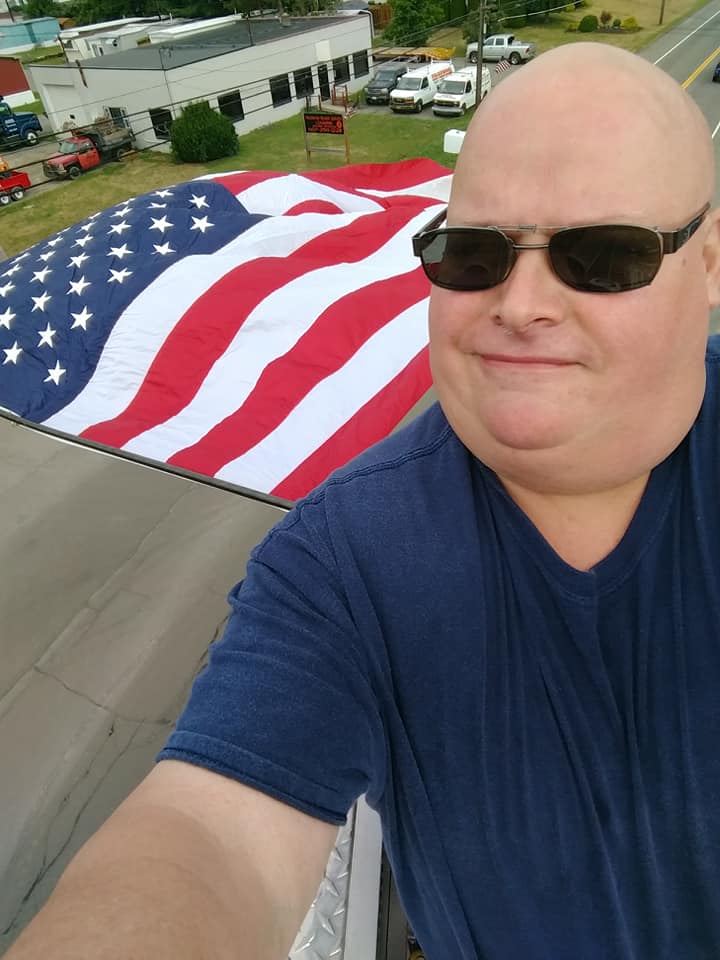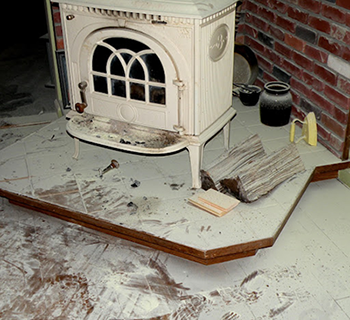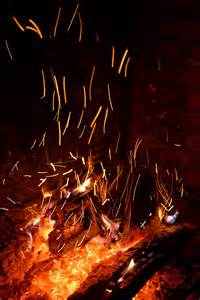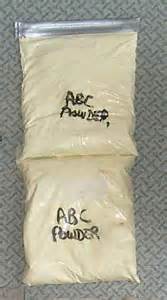Chimney Fires Blog Series
In this series on chimney fires, we have discussed the basics like “What Are Chimney Fires?” and proper procedures like “How to Respond to a Chimney Fire.” In this blog post, we will discuss perhaps the most important aspect of chimney fires, maintaining protection and following proper safety precautions while on the scene.
Although some chimney fires may seem less dangerous than other types of house fires, they should be approached in the same manner because they can be unpredictable and end up spreading quickly. Following proper safety procedures can mean the difference between life and death.
Standard Chimney Fire Safety Protocol Checklist
It’s important each team follows their safety steps to properly battle and ultimately put out a dangerous chimney fire. There are standard chimney fire safety protocol steps every firefighter needs to adhere to, including:
- Full Protective Equipment for Everyone
- SCBA Equipment for Personnel Working the Roof/Chimney
- Use of Aerial Device
- Use of TI Camera to Identify Hot Spots
- Accountability
- Use of Radios for Consistent Communications
- Always Work in Teams of Two or More
Following these basic safety requirements will allow all firefighters to carry out their job duties efficiently and successfully to ensure the chimney fire is eliminated as quickly as possible to minimize facility damage and possible injury.
Once these safety protocol steps are completed, you can shift your focus to actually extinguishing the chimney fire.
4 Steps to Extinguish a Chimney Fire
There are four main steps to extinguish a chimney fire, they are:
- Extinguish and Remove Fuel from the Firebox
- Drop D/C in Bags Down Chimney
- Use a D/C Extinguisher at the Base of the Flue
- PPV Forces D/C Up the Chimney
Step 1: Extinguish & Remove Fuel from the Firebox
Once you locate the source of the fire, you can use an extinguisher to eliminate the fire in the firebox. When you do this, let the steam rise up the chimney to allow the heat to dissipate. Once the fire is put out, make sure to carry the fireplace contents in a salvage bucket outside to ensure the fire is fully extinguished and cannot be rekindled. Once the burn material is removed, make sure to close the draft stop to reduce the amount of oxygen in the firebox that could reignite any flames.
Step 2: Drop Dry Chemicals in Bags Down Chimney
ABC dry chemicals are an effective way to suffocate flames and heat immediately, regardless of the type of fire (electrical, oil, textile, paper, or liquid). The dry chemical powder (D/C) can be packed in plastic bags and dropped into the firebox from the top of the chimney.
As the dry chemical bags fall down the chimney, the heat from the fire will melt the plastic allowing the dry chemical powder to disperse inside the chimney flue and completely cover the flames and/or remaining heated coals. These ABC dry chemical bags are often referred to as “Chimney Bombs.” The dry chemical agents will later be ventilated and carried back up the chimney flue.
Step 3: Use a Dry Chemical Extinguisher at the Base of the Flue
Next, you can utilize a dry chemical extinguisher at the base of the chimney flue. Make sure to open the draft stop before you insert the extinguisher nozzle and point the nozzle upward to direct the spray through the chimney. Once the draft stop is opened, the residual heat from the fire and the air current will carry the dry chemical agent upwards.
Note: The initial surge of air from the open draft stop may cause a resurgence of flames and cause the dry chemical agent to spray outside of the fireplace.
Step 4: Positive Pressure Ventilation Forces D/C Up the Chimney
Firefighter teams inside the building and on the roof must work together to successfully put out a chimney fire. From the top of the chimney on the roof, a mirror can be lowered into the flue to locate the seat of the fire. Once the seat of the fire has been located, other openings within the structure should be closed to create a clear path for airflow. Next, the firebox opening should be covered and a Positive Pressure Ventilation (PPV) fan should be used.
A PPV moves fresh air into the structure or facility and raises the internal pressure to help control smoke movement. The PPV fan helps to increase visibility, reduce heat, and improve air quality. Once most of the smoke has dissipated, create a small opening and discharge any remaining dry chemical powder from the building or chimney flue.
Once the chimney fire has been fully eliminated, do a final sweep for hot spot checks to ensure no area has been overlooked. Make sure to communicate with the homeowner or building owner not to use the fireplace until a proper inspection has been conducted.
Chimney fires can be more intense and complicated than they appear because much of the fire may be unseen in the chimney flue. Always take the proper precautions and safety measures when battling a chimney fire and work with your fellow firefighters as a team to put out the fire quickly and keep each other safe.
In addition to his leadership role at Ward Fire Equipment,
John May has more than 30 years of experience in the Fire Service. John is a Level I & II Fire instructor in the State of NY.




